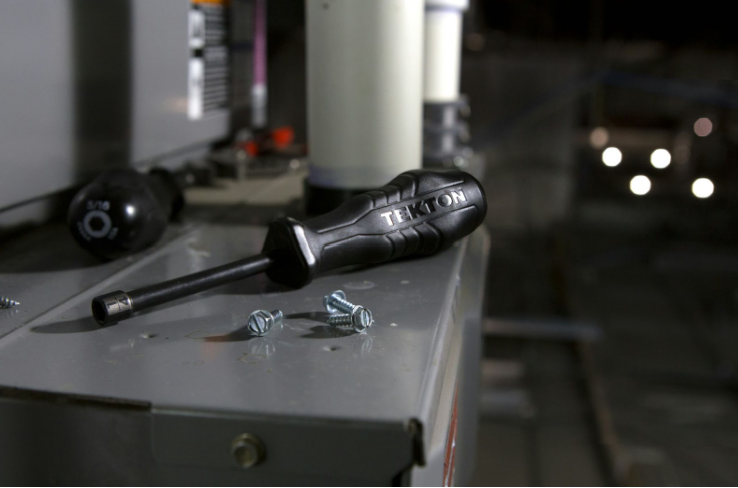I remember the first home we bought. It was, to put it mildly, a “fixer-upper,” and while it did have a solid structure, there was a ton of work to do.
If I could go back in time, I’d tell myself to pay closer attention to the HVAC guy’s spiel about maintaining the new, shiny system he’d just installed.
Needless to say, if I had listened to him, I wouldn’t have had to eat Ramen noodles for a month to pay a repair bill that rivaled our monthly electric bill. Yikes!
While home ownership is terrific, it comes with responsibilities, including ongoing maintenance costs.
The following simple yet effective strategies can keep your home in great shape and reduce (or eliminate) an unexpected emergency repair bill!
1. Regular Maintenance Checks
Regular maintenance checks might seem like a chore. Still, they can save you a lot of money in the long run by catching minor issues before they escalate into costly repairs.
Set aside time each season to inspect your home’s exterior, plumbing, HVAC system, and appliances for any signs of wear and tear.
Simple tasks like cleaning gutters, replacing air filters, and caulking windows can prevent water damage, improve your home’s energy efficiency, and prolong the lifespan of your home’s systems.
2. DIY Repairs and Upkeep:
Thanks to the plethora of online resources and tutorials, it’s possible to do many home maintenance tasks yourself without hiring a professional.
You can do many DIY projects to save money on labor costs, from fixing leaky faucets and patching small holes in walls to painting rooms and landscaping.
Just be sure to research thoroughly, use the right tools and materials, and know your limits—some tasks are best left to the experts.
3. Invest in Quality Materials and Appliances:
While it may be tempting to opt for the cheapest materials and appliances upfront, they often cost more in the long term due to frequent repairs and replacements.
Investing in quality materials and energy-efficient appliances might mean you’re paying a lot upfront, but over time, these higher-quality products will save you money on maintenance and utility bills—a double win!
Look for products with high durability ratings, warranties, and energy-saving features to get the most value for your money.
4. Practice Energy Efficiency:
Reducing your home’s energy consumption benefits the environment and lowers utility bills and maintenance expenses.
When your systems are running at peak efficiency, you not only save money but also ensure that your home’s systems will last as long as possible.
Also, simple energy-saving measures like sealing drafts, installing programmable thermostats, switching to LED light bulbs, and upgrading insulation can significantly decrease your home’s heating, cooling, and electricity costs.
Additionally, regular HVAC maintenance, such as cleaning ducts and servicing equipment, can improve efficiency and prevent costly breakdowns.
5. Plan and Budget Wisely:
Finally, proactive planning and budgeting are essential for minimizing unexpected home maintenance expenses.
Create a maintenance schedule and include maintenance costs in your budget, covering routine upkeep, seasonal tasks, and potential emergencies.
Assign a portion of your monthly income to home repairs and renovations, so you’re prepared for the inevitable maintenance costs.
Additionally, set up an emergency fund or consider purchasing home warranty plans to cover unexpected expenses beyond your budget.
Implementing these simple strategies can reduce your home maintenance expenses and ensure your property remains in excellent condition for years to come.
Remember that preventive maintenance, DIY efforts, investing in quality materials, prioritizing energy efficiency, and careful planning are key to saving money and preserving the value of your home.
With a bit of time, effort, and foresight, you can enjoy the benefits of homeownership without breaking the bank on maintenance costs.
The Dangers of Ignoring Home Maintenance



